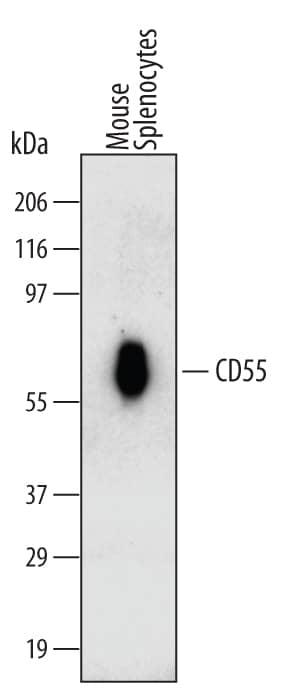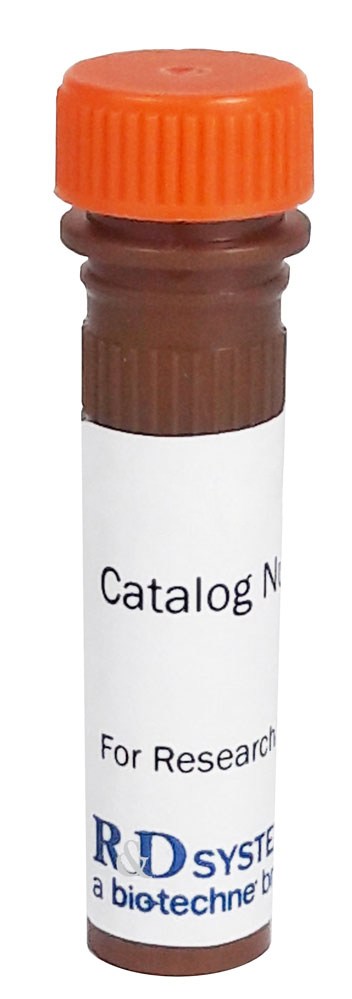Products Related to MHC
"MHC" has 42 results in Resources.
Soluble MHC Molecules as T Cell Staining Reagents
ArticleThis technology "looks set to be the gold standard for quantifying virus-specific CD8+ T cells" is how Nobel laureate Peter C. Doherty described the revolutionary nature of soluble major histocompatibility complex (MHC) molecules as staining reagents for the identification of antigen-specific T cells.1 MHC glycoproteins are normally found as membrane-anchored molecules that coordinate...
More InfoCancer Immunotherapy: Antigen Presentation
Product CategoriesTumor-associated antigens (TAA) can be internalized by receptors on antigen presenting cells such as dendritic cells (DC). They are processed into short peptides by a variety of proteases and then loaded onto MHC molecules for expression on the cell surface. Classically, the presentation of extracellular-derived antigens involves MHC class II molecules and promotes CD4+ helper T cell activation...
More InfoDendritic Cell Maturation
ArticleFirst printed in R&D Systems' 2002 catalog. Contents Introduction Antigen Uptake Antigen Presentation Migration to Lymphoid Organs Interaction with T cells Summary References Introduction The most efficient antigen-presenting cells (APCs) are mature, immunologically competent dendritic cells (DCs).1-7 DCs are capable of evolving from immature, antigen-capturing cells to...
More InfoNKG2D and its Ligands
ArticleFirst printed in R&D Systems' 2002 catalog. Contents Introduction Ligands Distribution Structure Function Conclusion References Introduction Natural killer (NK) cells are an important element of the innate immune system as they are capable of killing tumor cells and virally-infected cells.1 NK cells express a large number of different cell surface receptors that deliver either...
More InfoSonic Hedgehog (Shh)
ArticleFirst printed in R&D Systems' 2002 catalog. Contents Introduction Ligands Distribution Structure Function Conclusion References Introduction Natural killer (NK) cells are an important element of the innate immune system as they are capable of killing tumor cells and virally-infected cells.1 NK cells express a large number of different cell surface receptors that deliver either...
More InfoDendritic Cell Lineage Development Pathways
PathwaysFeatured Literature Mouse and Human Dendritic Cell Subsets Poster View Poster Featured Products Dendritic Cells Brochure View Brochure Overview of Dendritic Cell Lineage Development Dendritic cells (DCs) are key mediators of the innate and adaptive immune responses due to their abilities to: 1) upregulate MHC molecules and costimulatory...
More InfoViral Cytokines
ArticleFor years the large double stranded DNA viruses were thought to contain numerous 'non-essential' genes. These genes are now found to code proteins used by the virus to counteract the host immune response. Genomic mapping of these viruses and the identification of sequence homology to cellular proteins has led to suggested functions for these gene products. These viral genes are thought to have...
More InfoTNF-alpha Genetic Variations in Disease
ArticleIn 1992, Wilson et al. described a single base transition polymorphism (G to A) in the promoter region of the human TNF-alpha gene.1 The effects of this polymorphism on TNF-alpha gene transcription has been studied using reporter gene constructs. The G to A transition polymorphism results in significantly higher transcription of the rare allele, TNF2.2 TNF2 is part of an extended MHC haplotype:...
More InfoDEC-205 and Antigen Presentation
ArticleDEC-205 is a type I cell surface protein expressed primarily by dendritic cells (DC). It is found on interdigitating DC in T cell areas of lymphoid tissues, bone marrow-derived DC, Langerhan’s cells, and at low levels on macrophages and T cells.1-3 It is significantly up-regulated during the maturation of DC.1-3 Expression of DEC-205 is positively correlated with that of CD8a, both being found...
More InfoDendritic Cells: A New Immunotherapy?
ArticleDendritic cells (DC) are sentinels of the immune system. They originate from a bone marrow progenitor, travel through the blood, and are seeded into non-lymphoid tissues. DC capture and process exogenous antigens for presentation as peptide-MHC complexes at the cell surface and then migrate via the blood and afferent lymph to secondary lymph nodes. In the lymph nodes, they interact with...
More Info


